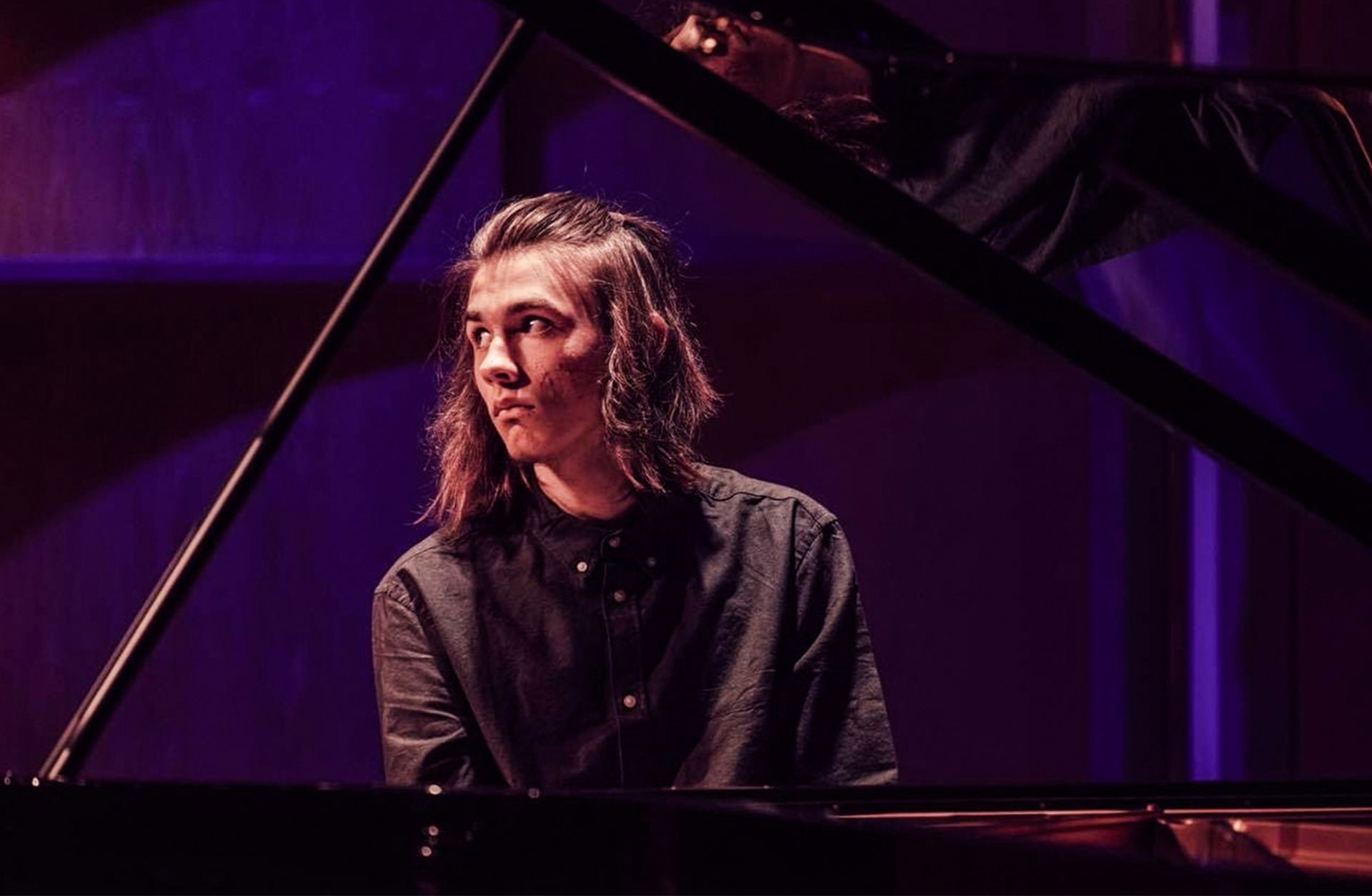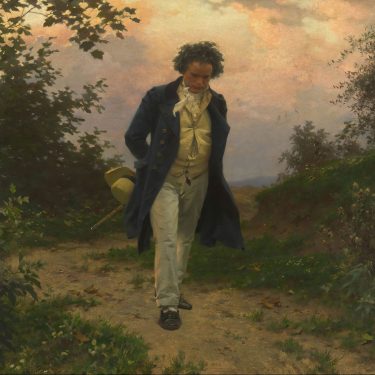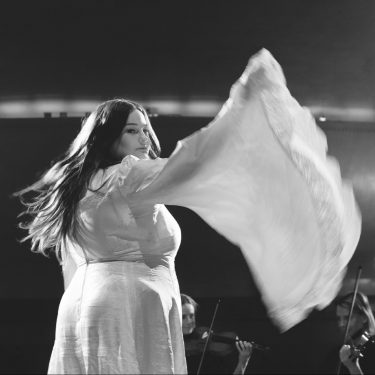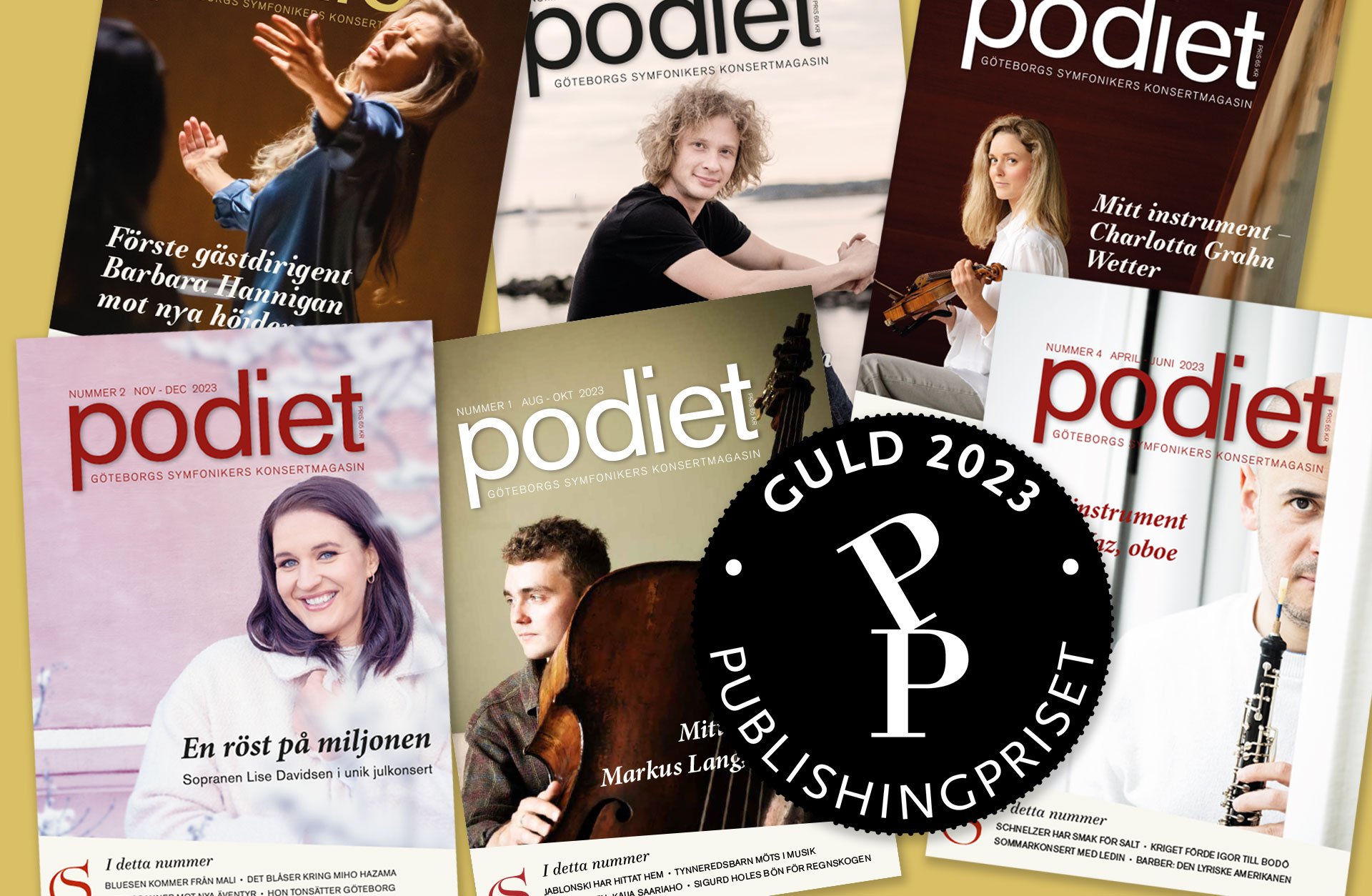”Musik är tillräckligt för en livstid, men en livstid är inte tillräckligt för musik”. Ett citat som förklarar musik som en integrerad del av universum, av varje människa. Det berömda citatet kommer från Sergej Rachmaninov, en av de största romantiska kompositörerna. Jag heter Tim, jag kommer från Ukraina och vill dela med mig av hur musik räddade mig i tider av krig och förtvivlan, gav mig hopp och väckte en stark önskan att aldrig ge upp.
Jag upptäckte magin med levande musik i min barndom. Min pappa, som är pianist och professionell musiker, brukade anordna små konserter både för vår familj och för riktig publik. Oförglömlig och energisk musik av kompositörer från Bach till Sjostakovitj fängslade min själ och mitt hjärta. Avlägsna och oändliga bilder av Rachmaninov, gudomligt sköna melodier av Chopin, strikt kärlek till Beethoven, transcendens och extas i Liszts musik… min barndom var mättad med all sorts musik, den omgav mig och fann mig i varje hörn var jag än var. Jag skulle säga att jag växte upp omgiven av konst.
Musiken följde mig i krigstider. Det var ett bra sätt att inte bli galen när jag satt i den mörka och dystra lägenheten och lyssnade på luftvärnet och bombningarna.
För mig är att spela klassisk musik, både för publiken och för mig själv, en möjlighet att uttrycka alla typer av känslor, dela känslor med mina lyssnare och genom ett instrument berätta saker som är omöjliga att berätta med det vanliga språket.
”Världen splittrades, och en spricka gick genom mitt hjärta” – orden är hämtade från författaren Heinrich Heine. Ord, som ganska exakt uttrycker djupet av äkta konst. Den stora musiken av de stora europeiska och slaviska kompositörerna ger en ren fröjd åt lyssnaren. Den uttrycker mänsklighetens sorgliga öde, påminner mig om den bräckliga tillvaron och tvingar oss att se den rakt i ansiktet. Detta är skillnaden mellan stor konst och bara bra musik – den blottar sårigheten hos kompositören, får oss att gråta och dela smärtan, den kompositören upplevde själv. Klassisk musik är ett sätt att gå in i intensiv extas. Kanske den högsta och renaste formen av mänsklig och andlig praktik.
När jag kom hit till Sverige hände något betydande, som har påverkat mitt liv ganska mycket. Jag gick med i Dream Orchestra. Det här är en speciell orkester – en orkester för den som älskar att drömma. För dig som älskar att framföra fantastisk musik och förverkliga drömmar, även utan att vara proffs! En orkester för dig som alltid drömt om att hitta en likasinnad kamrat och en kreativ, ambitiös vän. En orkester för dig som älskar att skratta, uttrycka dig inom ditt instrument, spela tillsammans och bygga en bättre framtid genom musik i en trygg miljö, bland underbara människor.
Jag träffade en fantastisk lärare, god följeslagare och vän i Ron Davis Alvarez, grundare av orkestern (Dirigent Side by Side och Sportlovsorkestern hos Göteborgs Symfoniker, reds anm.). Under hans ledning har orkestern kommit en bra bit på väg, uppträtt på många konserter inklusive Nobel Dialogue Week, i USA och Spanien och naturligtvis i Göteborgs Konserthus, en plats där magisk musik ljuder varje dag.
Varje gång jag besöker Göteborgs Konserthus får jag samma känsla som första gången jag kom dit. För mig är det fantastiskt att uppleva musik då den framförs av proffs av första klass. Ett tillfälle att lyssna på likasinnade, som ägnat hela sitt liv åt musik, gjort stora uppoffringar för den och jobbat hårt för att nå denna nivå. Det är en slags portal från det moderna livet till en värld av extas, fantasier, känslor och hopp.
Det skulle vara fantastiskt att få uppträda som solist i Göteborgs Konserthus. Att träffa alla dessa musiker, spela och skapa magisk musik med dem är något jag alltid har drömt om. Jag har alltid tjänat musiken och kommer att ägna hela min livstid åt det, trots att en livstid aldrig räcker.”
Tim Slakva har skrivit texten på engelska, som översatts av redaktionen.




